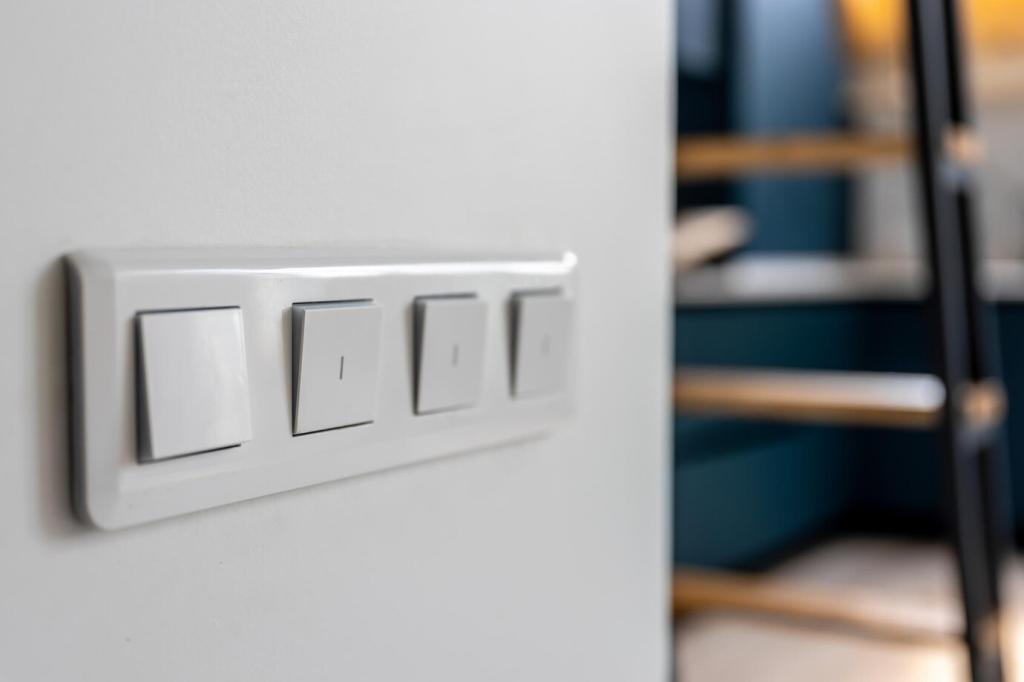Why Automation and Efficiency Belong Together
Smart homes began as convenience engines—voice commands and app control. But the real win happens when automation actively reduces waste, continually aligning comfort with actual needs. That shift transforms novelty features into a dependable, daily system for lowering bills without constant manual effort.
Why Automation and Efficiency Belong Together
A smart thermostat matters, but pairing it with occupancy sensors, blinds, and ventilation rules is where magic happens. Systems that coordinate across devices cut overlapping loads, flatten peaks, and prevent one gadget from undoing another’s savings. The whole becomes more efficient than the sum of parts.







